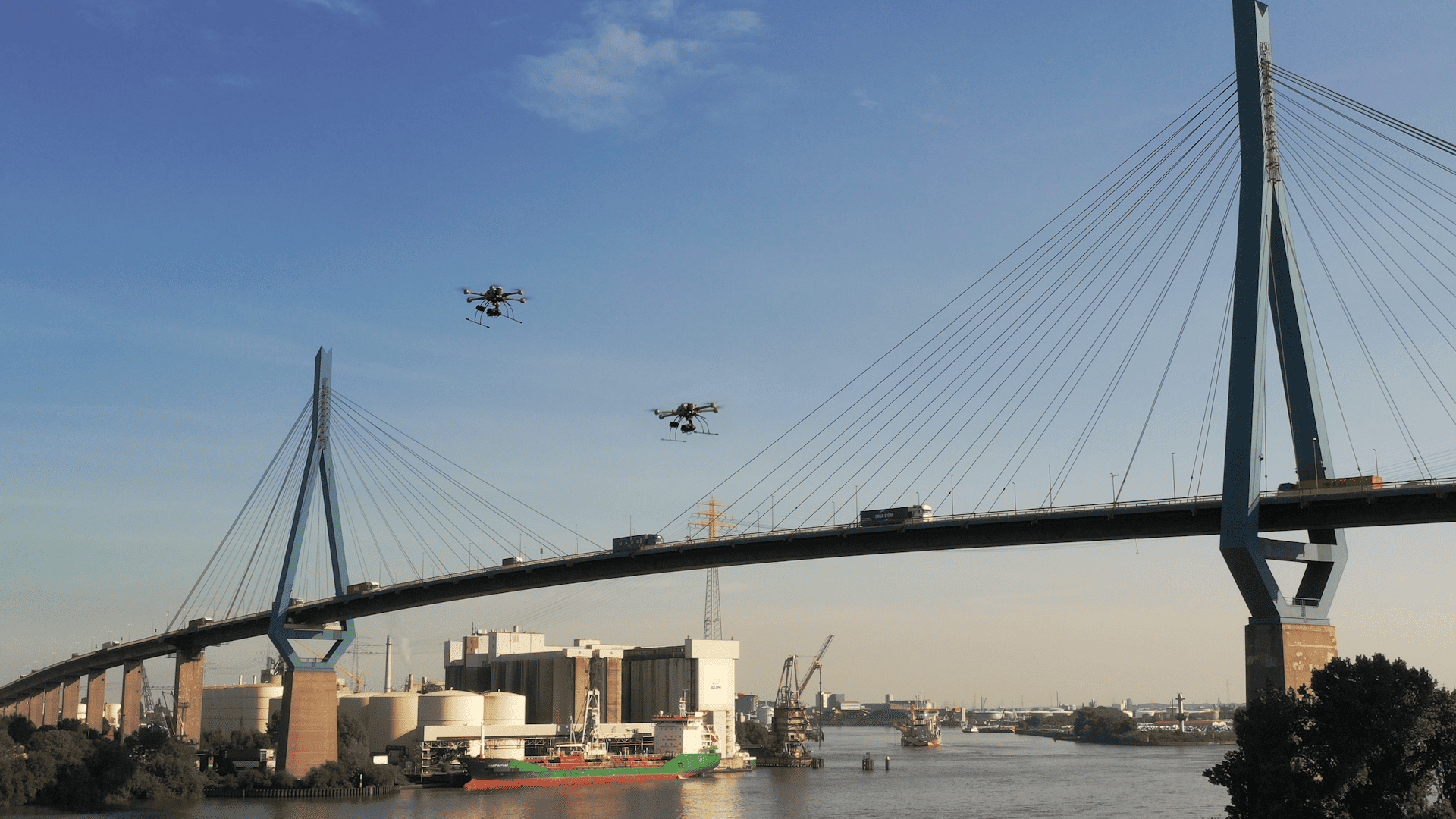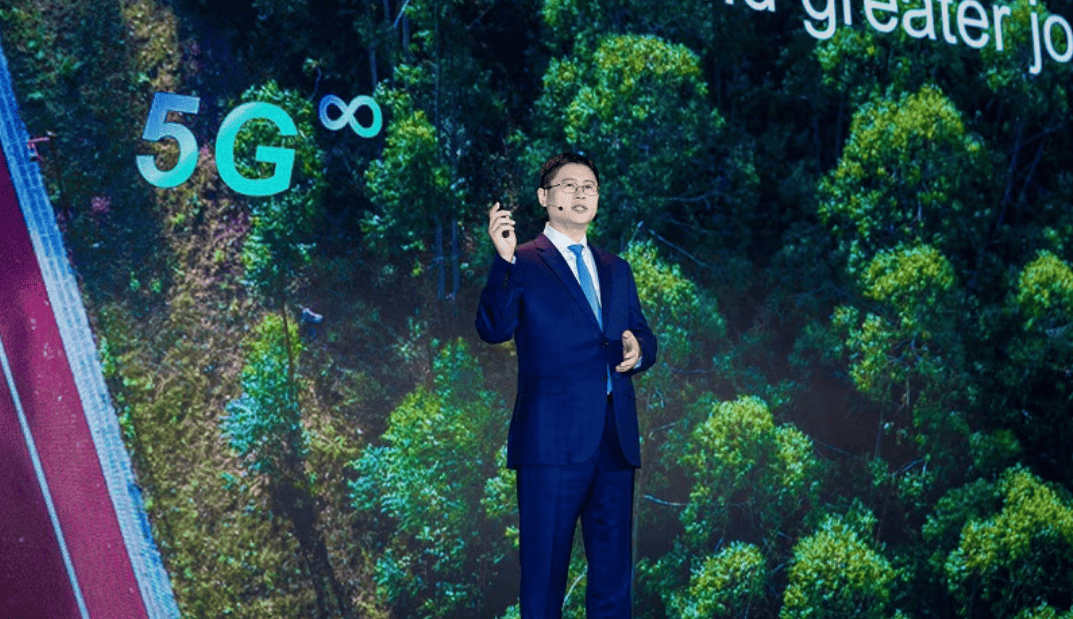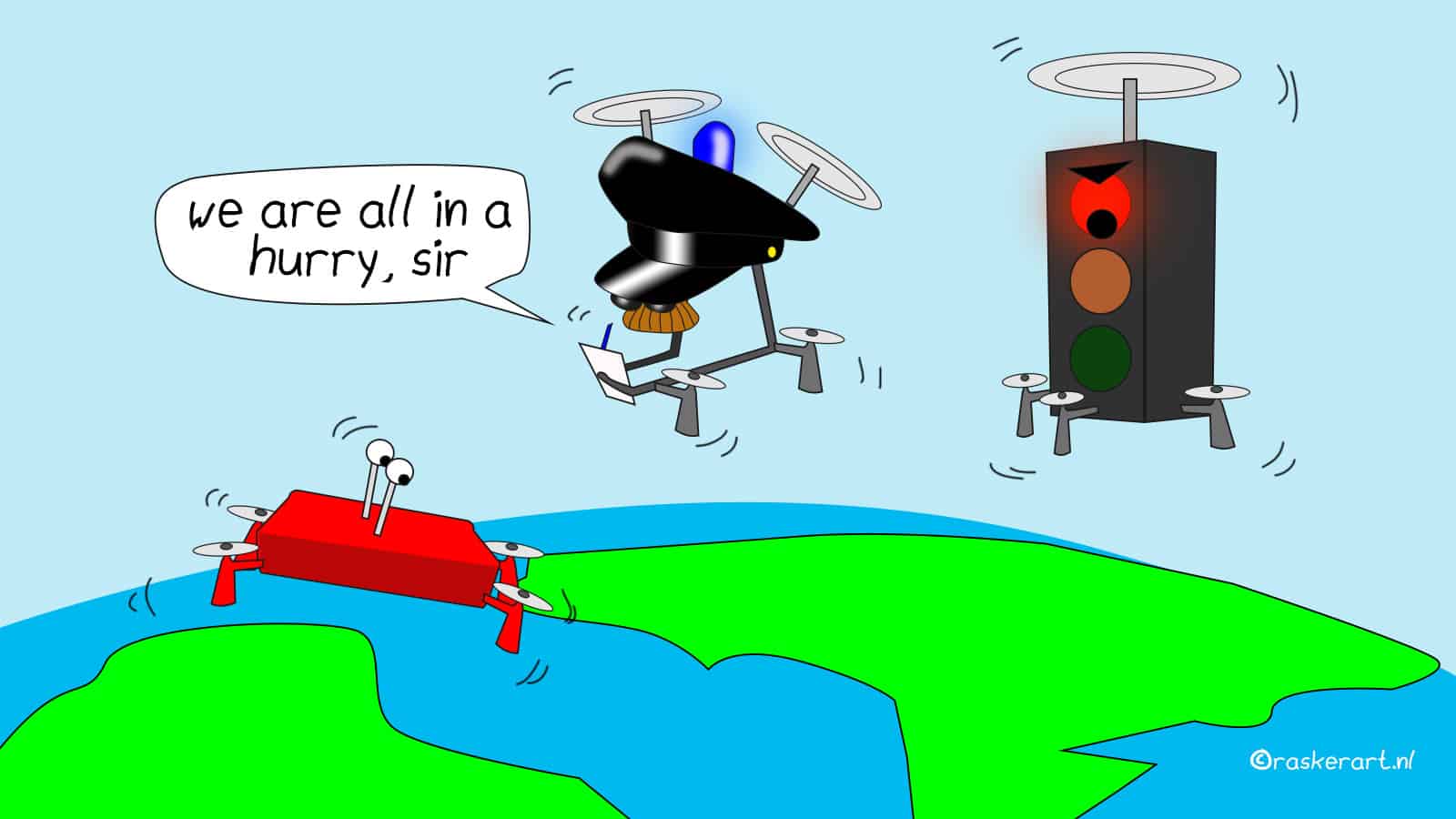
This week and last week, Innovation Origins has been looking at the growing influence of wireless communication within today’s society and in particular at data transmission via electromagnetic with ever-higher frequencies, such as 5G.
The ultra-fast data traffic via 5G waves on the 26 gigahertz bandwidth is not even available yet. But in the meantime, research has already begun into the next generation of wireless communication, 6G, via the even faster 70 to 120 gigahertz bandwidth. That is according to Professor Bart Smolders of the Eindhoven University of Technology (TU/e).
The first week of April saw the first meeting of the MyWave research project which he leads and which hopes to present a prototype for the 6G antenna within four years.
New chip technology
Although Smolders thinks it will be successful, he does however realize that the task will turn out to be extremely complicated. “The problem is that the antenna has to be integrated into a chip. That means we not only have to develop new antenna technology, but also new chip technology. Generally, a chip is only used as an integrated circuit for electronics. So, we now need to integrate an antenna into as well.
A budget of €4 million has been made available via the European Horizon innovation fund to pay for the research. This has enabled Smolders to bring in 15 PhD students.
In addition, companies participating in MyWave, such as NXP (a semiconductor manufacturer that supplies semiconductors to the automotive industry) and the telecom company Ericsson, will contribute by providing testing capacity.
1 terabyte per second
Once the antennas in the chips are ready they should be able to send and receive 1 terabyte per second. That’s a hundred times more than what is possible using 5G antennas, and 10,000 times faster than is possible with 4G antennas. The new chips should each be smaller than a square centimeter in size.
The question is: what would you do with all that huge capacity and speed for data transmission? For one thing, make autonomous driving possible, says Smolders. That’s something that you get your head around. A driverless car has to process, receive, and send a lot of information by itself from sensors in the surrounding environment and from the car itself.
But that’s not all. Assuming that in 2030, 6G will be in place and that a lane is made suitable for self-driving cars, then there should be enough capacity on the network that can process all the information generated simultaneously by all those self-driving cars on the roads. There must be no latency issues at all then. Because otherwise, things would go completely haywire. This is only possible if the capacity of the network is so large that it can process all that data and send it back and forth as required.
Technology needs to be affordable
Another option under discussion is a more advanced use of drones, says Smolders. It’s just an idea still, but there is a real possibility that drones will come and pick up your groceries and bring them home. In that case, they could also be meal and pizza deliverers. That way, you would no longer have to put up with scooters tearing up the sidewalk.
But whether or not that will work depends on more than just the Smolders’ physics brain and the MyWave team. “The technology must also be affordable. That’s bound to be a challenge.”
Will the Chinese remain at the forefront?
Dutch companies NXP and ASML are involved in the development of the new chip technology that is set to integrate antennas. For instance, ASML will design a machine that makes chips work even faster. The big question is, of course, whether China will be allowed to acquire that equipment. Perhaps by that time, the world’s political relations will have changed and that will not be a problem. If it does pose a problem, China will have to have those chips produced elsewhere if the Asian superpower is not to lose this battle. In contrast to that of 5G. Where 5G is concerned, China seems to be ahead of Europe. That’s because it can produce the equipment it needs more cheaply than the European telecom companies Nokia and Ericsson. To date, these two are the only companies in Europe that are capable of producing 5G antennas.
The frequency that 6G will use for data transmission ranges from 70 to 120 gigahertz. This is much higher (and faster) than the frequency bandwidth of 5G (where the fastest is 26.5 to 29.5 gigahertz). Or that of 4G (which runs from 700 megahertz to 2600 megahertz). This means that the reach of the 6G radio waves, which has been dubbed ‘super new-radio,‘ will be even more limited than that of 5G (between 100 and 200 meters) and 4G (about 1 kilometer).
A 6G antenna every 50 meters
According to Smolders, base stations for 6G antennas will have to be built every 50 meters in areas where you want coverage. “That coverage won’t be required everywhere. Consider cities and highways with autonomous driving, for example.”
Seen in this light, fully autonomous driving is suddenly within reach after all. In just 10 years’ time, it will be 2030.
You can also read other IO articles about 5G via this link.








